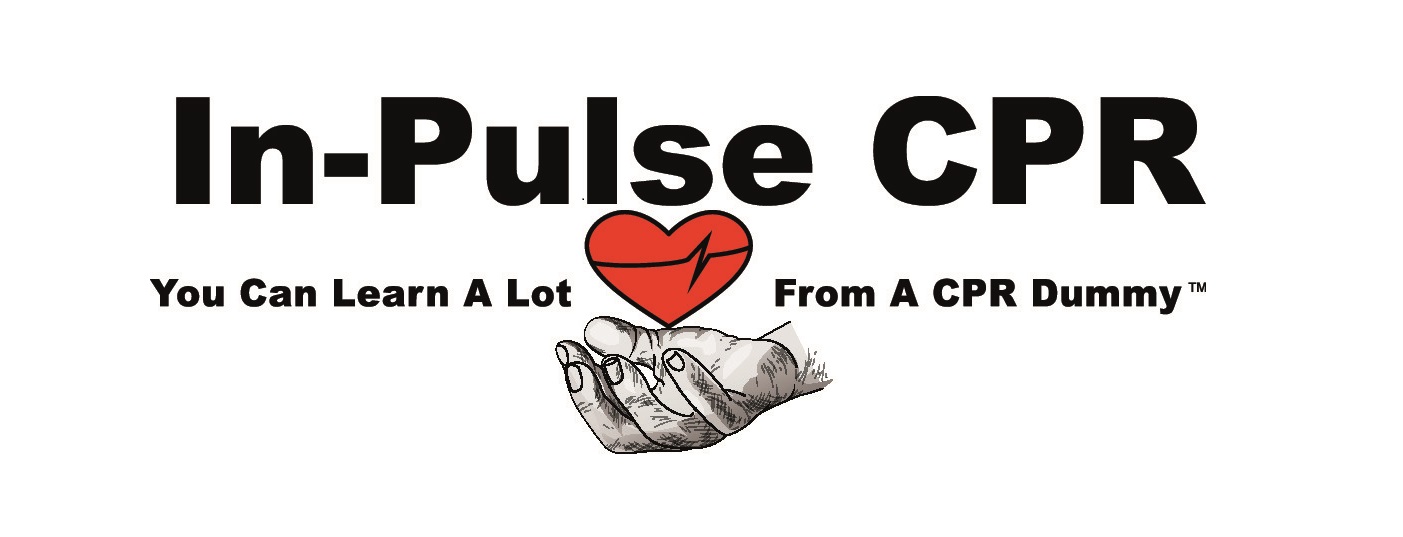Protecting yourself Against Bloodborne Pathogens in a Health Care Setting
Occupations at Risk
If you work in a number of occupations, particularly in nursing or as an emergency medical technician (EMT), you are at a pronounced risk of being exposed to bloodborne pathnogens (BBPs). Other occupations that stand the risk of infection from BBPs include police officers, firemen, clinical or laboratory workers, plumbers, hair stylists, and maintenance and custodial employees.
Defining BBPs
BBPs are microorganisms, or bacteria or viruses, that are transported by the blood and can cause illness and disease in humans. The primary llnesses produced by bloodborne pathogens include hepatitis B and C and the human immunodeficiency virus (HIV). In healthcare settings, BBPs are most often transported as the result of the health care worker mistakenly puncturing himself with a needle or syringe. Getting squirted with a patient’s blood can also result in infection as well.
Hepatitis B
While no cure exists for hepatitis C or HIV, hepatitis B can be treated. However, health care workers who do contract hepatitis B, many times, do not initially exhibit any kind of symptomology. In fact, they can go as long as six months before feeling sick. Once symptoms do appear, patients often suffer from tiredness, a low-grade fever, nausea, and a loss of appetite. The skin typically takes on a yellow cast due to jaundice as well. Cirrhosis or damage to the liver often follows. Fortunately, workers in medical facilities who are at risk of BBP exposure can obtain hepatitis B shots free of charge.
Hepatitis C
Hepatitis C, another common infection resulting from BBPs, like hepatitis B, does not typically present any symptomology shortly after it is contracted. When symptoms do present themselves, they may include stomach pain and swelling, dark-colored urine, nausea, fever, fatigue, jaundice, and a loss of appetite. In many instances, hepatitis C or HCV infection, like hepatitis B, will lead to scarring or cirrhosis of the liver.
Human Immunodeficiency Virus – HIV
HIV, another common BBP infection, may not produce any symptoms for as long as a decade. In addition, blood tests, after exposure, may not confirm the patient to be HIV positive until three months after the patient is infected. Symptoms, when they do occur, can include headache, fever, tiredness, diarrhea, muscle aches and stiffness, the development of rashes, a swelling of the lymph glands, and a sore throat.
Where BBPs Gain Entry
BBPs can enter routes in the skin, such as abrasions, acne, sunburned areas, open sores, and cuts. The pathogens can also gain entry through mucous membranes, such as the nose, eyes, and mouth. Again, in health care settings, an unintended needle puncture is the most common reason for infection.
Lowering the Risk of Exposure
Besides personal protective equipment (PPE), such as gloves, goggles, masks, lab coats, and face shields, hand washing offers one of the most beneficial measures of safety. Always make sure then that you use an antibacterial soap and wash immediately after removing PPE. A hand sanitizer can also be used in lieu of soap and water, but, again, you should wash your hands as soon as you can after using the sanitizer to ensure you are maximally protected.
Decontaminating an Area
Healthcare workers should decontaminate work areas where BBP exposure is possible after their shift or immediately following a spill of possibly infectious material or blood. Using a solution of one part bleach to nine parts water is recommended in cleaning the area. An EPA-recommended disinfectant can be used instead of the water and bleach as well. Rags used to clean and decontaminate the area should be disposed of as biological waste.
Reasons for Sharps Injuries
Most injuries that resulted from using sharps were primarily connected with either the use of a blood-drawing device or syringe. Nurses, in many instances, were injured when disposing of sharps in containers, administering injections, using heel sticks or finger sticks, or performing venipuncture. Nurses indicated that sharps mishaps often occurred because of factors such as insufficient lighting, uncooperative patients, workplace distractions, and a disorganized work area. Feeling under pressure with respect to time constraints was also reported as a contributor to sharps accidents.
References:
Bloodborne Pathogens, BBPs, University of Louisiana at Monroe 3rd Quarter 2009 Safety Meeting




COMMENT (1)
Munro's Safety Apparel / February 27, 2012
PPE is essential for health care workers that deal with illness, disease, and blood on a daily basis. If PPE isn’t worn correctly it could result in being infected. Health care workers need to be properly trained when it comes to PPE and follow all PPE guidelines and protocol.